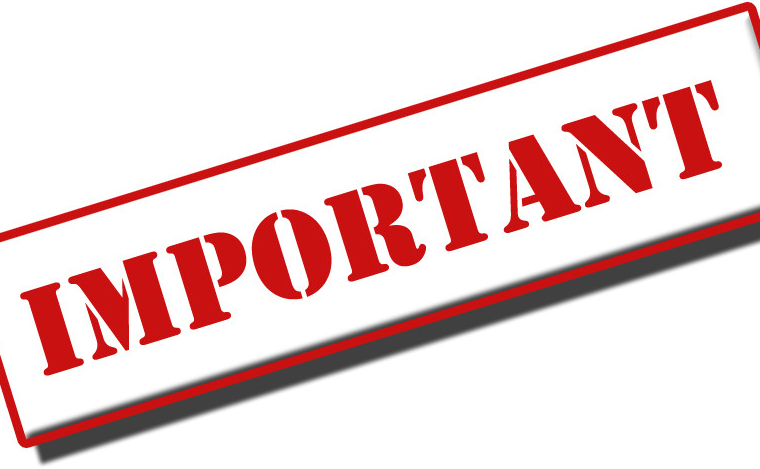
redo Jump to...
print Print...
(from NCSL.org – National Conference of State Legislatures) – Voters in 46 states will go to the polls on Tuesday, Nov. 6, to determine the outcome of 6,069 legislative races. Thirty-six governorships are up for election this year as well.
The outcome of these races will determine political control in the states. More importantly, the election will determine who drives public policy choices, whether they have to do with health care, education, transportation, taxes, natural resources, criminal justice…the list goes on.
In addition to choosing elected officials, voters will decide on over 160 statewide ballot measures that will cover everything including finances, health, the environment and hot button issues.
Read the “Background” below and then answer the questions.
Questions
NOTE TO STUDENTS: Read the “Background” below before answering the questions.
1. Define ballot measure.
2. a) Name the two types of citizen ballot measures.
b) What is the difference between the two?
3. What is a legislative measure? Be specific.
4. In how many states can citizens petition to add initiatives and/or referendums to the ballot?
5. a) Give the total number of ballot measures which will be voted on across the country in the 2018 election.
b) How many states will have ballot measures on their ballots?
6. a) List at least 3 of the key ballot measure TOPICS for this election (see ballotpedia). Use a word or phrase to describe each topic.
b) Which issue will be on the ballot in the most states in this year’s election?
c) Which one of the ballot measures described in this article do you think would be the most beneficial to the state if passed? Explain your answer.
7. a) Does your state practice direct democracy through the citizen ballot measure process? (if not, choose a neighboring state to answer the following):
b) What initiatives or referendums are on your state’s ballot in the upcoming election?
c) How would you cast your vote on any of the measures? (Choose one) Explain your answer.
d) Are there any legislative measures on your state’s ballot this year? If so, how would you cast your vote? Explain your answer.
Background
BALLOT MEASURES:
Anything that appears on a ballot other than a candidate running for office is called a ballot measure.
Ballot measures placed on the ballot by STATE LAWMAKERS are called legislative referrals or legislative referendums, in which the legislature puts proposed legislation up for popular vote (either voluntarily or, in the case of a constitutional amendment as a required procedure).
Ballot measures placed on the ballot by CITIZENS are broken down into two distinct categories – initiatives (or propositions) and referendums.
Twenty-six states, as well as Washington, D.C., offer initiative and/or referendum rights for their citizens.
- Initiative – Citizens, collecting signatures on a petition, place advisory questions, memorials, statutes (laws) or constitutional amendments on the ballot for the citizens to adopt or reject. “Initiative” refers to newly drafted legislation submitted directly to a popular vote as an alternative to adoption by a state legislature. Twenty-four states have the initiative process.
- Referendum – In many of the same states the citizens have the referendum process – the ability to reject laws or amendments proposed or already passed by the state legislature.
The terms above are all forms of “direct democracy” practiced by various states. In a direct democracy, all citizens, without the intermediary of elected or appointed officials, can participate in making public decisions. Ballot measures are a form of direct democracy practiced by many states in the U.S.
Find a list of 2018 ballot measures by state at ballotpedia.org. (Scroll down to “By State” to find the ballot measures for your state. Click on the name of the ballot measures in your state for a full explanation and background on the measure.) This website explains more about each ballot measure than the National Conference of State Legislatures (NCSL) website – but for a list through NCSL, go to: ncsl.org
NOTE: In addition to the citizen initiated ballot measures explained above, the state legislature can place a proposal on the ballot. It is called a legislative measure or legislative proposition (or sometimes “referred” measure). All states permit legislative measures and all states except for Delaware require constitutional amendments to be approved by the voters at large. In some states, legislatures place non-binding advisory measures on the ballot. Legislative measures are much more common than initiatives and referendums, and are about twice as likely to be approved. Some states, such as Florida, also allow certain commissions to refer measures to the ballot.
Resources
- Find a list of 2018 ballot measures at: ballotpedia .org. (Scroll down for a list of ballot measures by state. Click on the name of the ballot measures in your state for a full explanation and background on the measure.)
OR Find a list of 2018 ballot measures at: ncsl.org — (We prefer the Ballotpedia info, as more detail is given) - Read more about ballot measures (initiatives and referendums) at the Initiative and Referendum website and I&R’s Ballotwatch Election 2018
- View a map that shows what type (if any) of ballot measures your states allows at: ballotpedia.org
- Read the wikipedia entry on Ballot Measures
Visit the StudentNewsDaily 2018 Midterm Elections page.
Daily “Answers” emails are provided for Daily News Articles, Tuesday’s World Events and Friday’s News Quiz.



